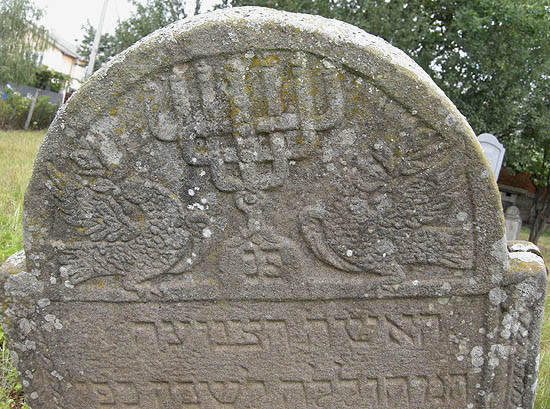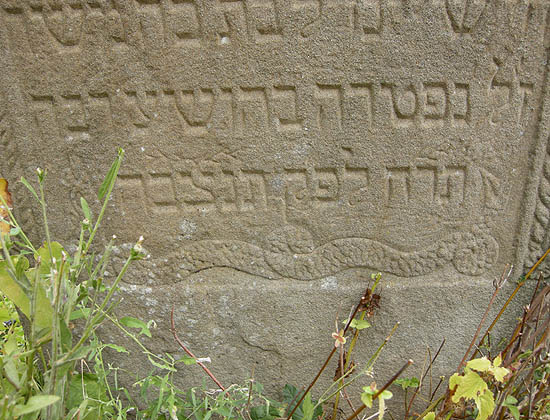 |
| Interior of the synagogue in Mikulov, one of the 10 Stars sites, which is undergoing restructuring as part of the project. Photo © Ruth Ellen Gruber |
By Ruth Ellen Gruber
This also appears on my En Route blog for the Los Angeles Jewish Journal
I've written an article for JTA about the Czech Republic's 10 Stars project -- an innovative Jewish heritage project that will amount to a nationwide Jewish Museum with 10 thematic exhibits located in 10 restored synagogue in 10 different towns and cities around the country: Úštěk, Jičín, and Brandýs nad Labem to the north; Plzeň and Březnice to the west; Nová Cerekev and Polná in the south-central part of the country; Boskovice, Mikulov and Krnov to the east..
The project is being coordinated by the Czech Federation of Jewish Communities, which owns the buildings, with 85 percent of the funding coming from a $14 million grant from the European Union. About 15 percent of the financing is being provided by the Czech Culture Ministry.
“It’s actually one museum scattered around the country,” said Tomas Kraus, the executive director of the federation.
“The exhibition in each site will be linked to one certain phenomenon in Jewish history, culture, religion, traditions,” he said. “The idea is that if you visit one of the sites, even by chance, you will realize that there are nine other parts of the exhibition, so you will want to visit them, too.”
To encourage this, 10 Stars will issue a “passport” that can be stamped each time a person visits one of the synagogues in the network. When all 10 stamps are filled in, the passport can be redeemed for a prize.
READ THE FULL ARTICLE
10 Stars is due to open in October 2013, around the time of the new Museum of the History of Polish Jews in Warsaw. But it so far has received little publicity -- even its web site is only in Czech, limiting the audience.
I have visited a number ot these sites already: some of them were already restored in earlier years but are now undergoing maintenance and other work. Exhibits that already existed in the synagogues at Boskovice, Mikulov, Ustek and Polna are being revamped or expanded as part of the 10 Stars program.
In Ustek, the rabbi's house next door to the restored synagogue will be used to house an exhibit on Jewish education. The restored Jewish schoolroom, already installed in the basement of the synagogue, will remain as part of the new exhibit.

Ustek synagogue. Photo © Ruth Ellen Gruber

Recreated Jewish schoolroom installed in Ustek synagogue basement. Photo © Ruth Ellen Gruber






































